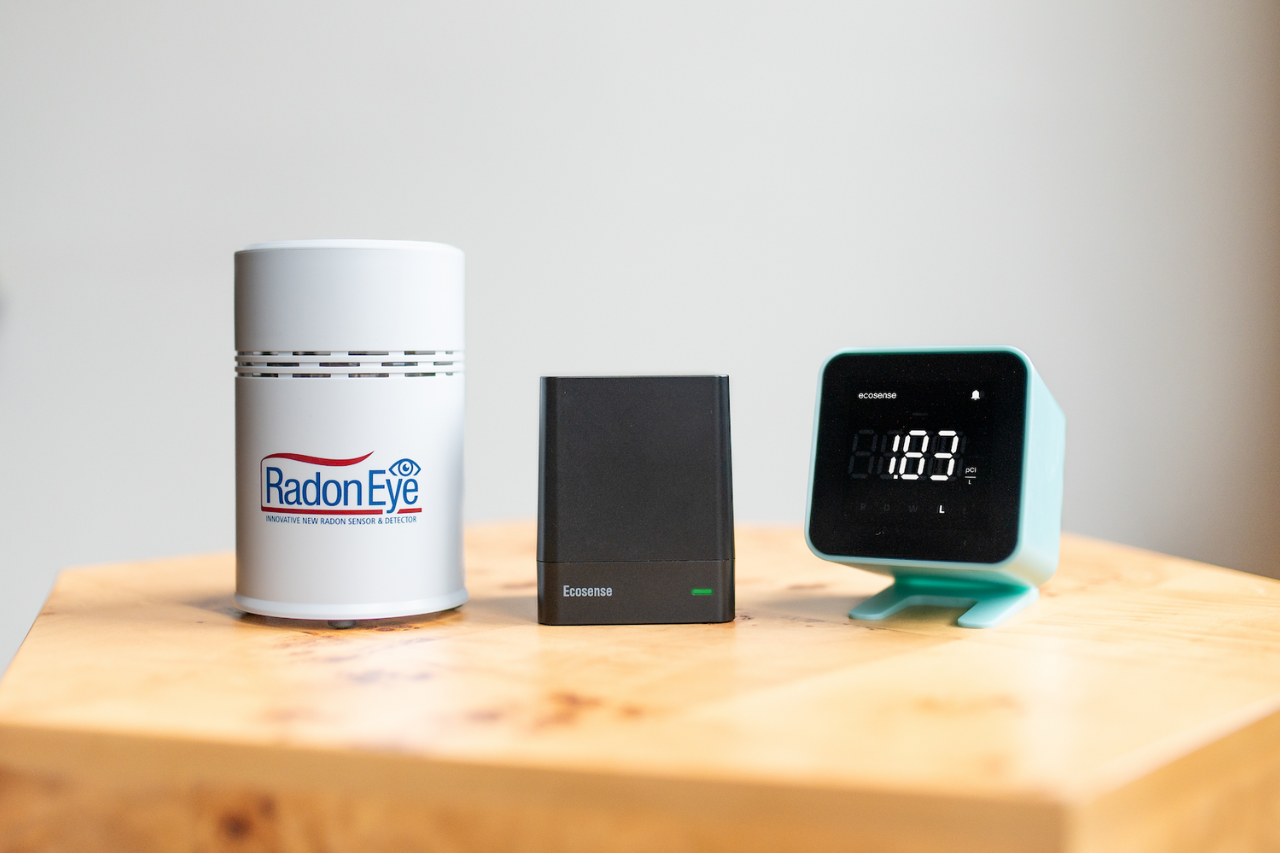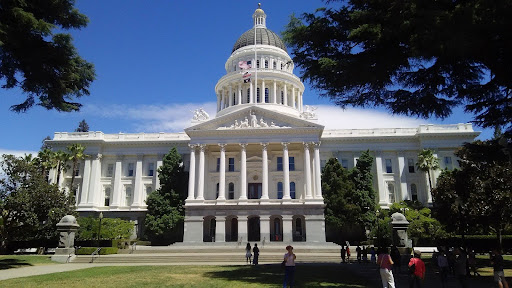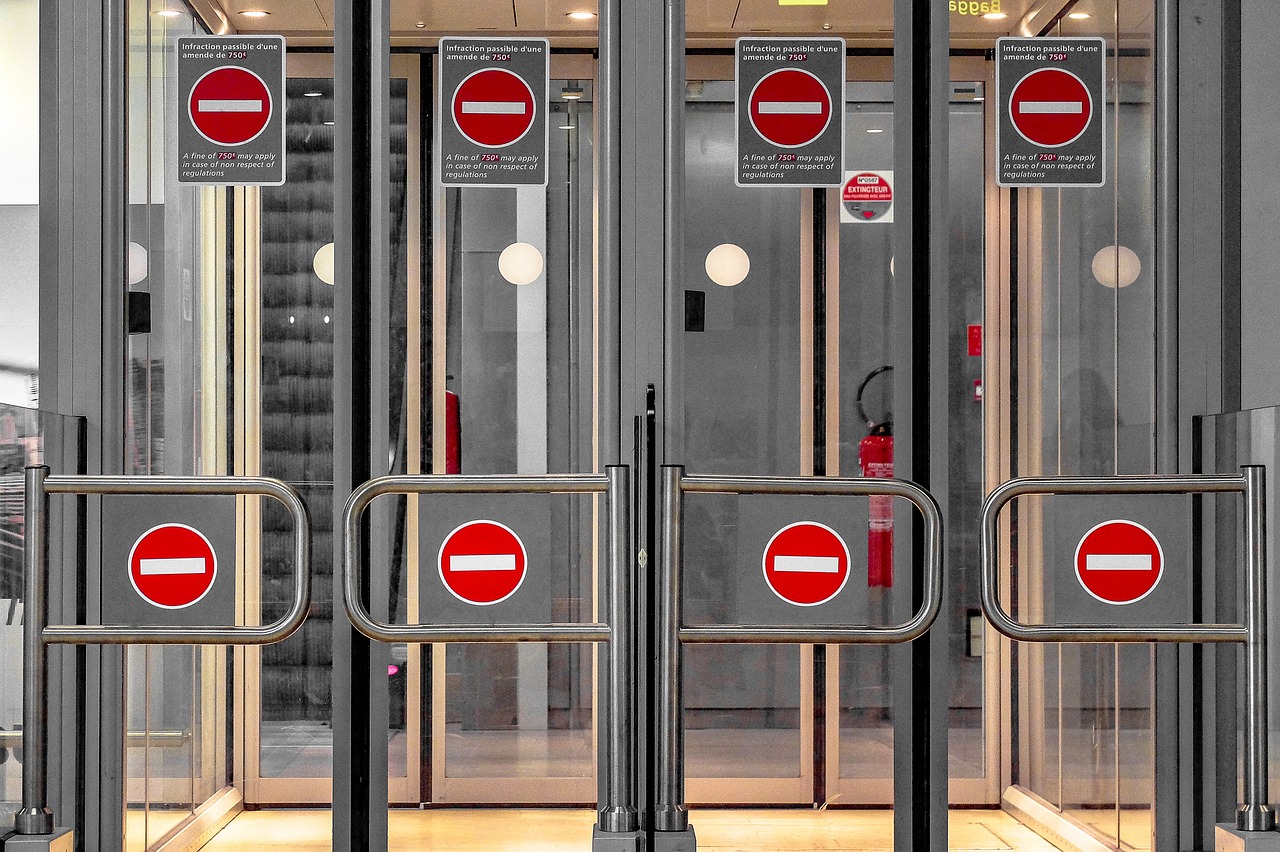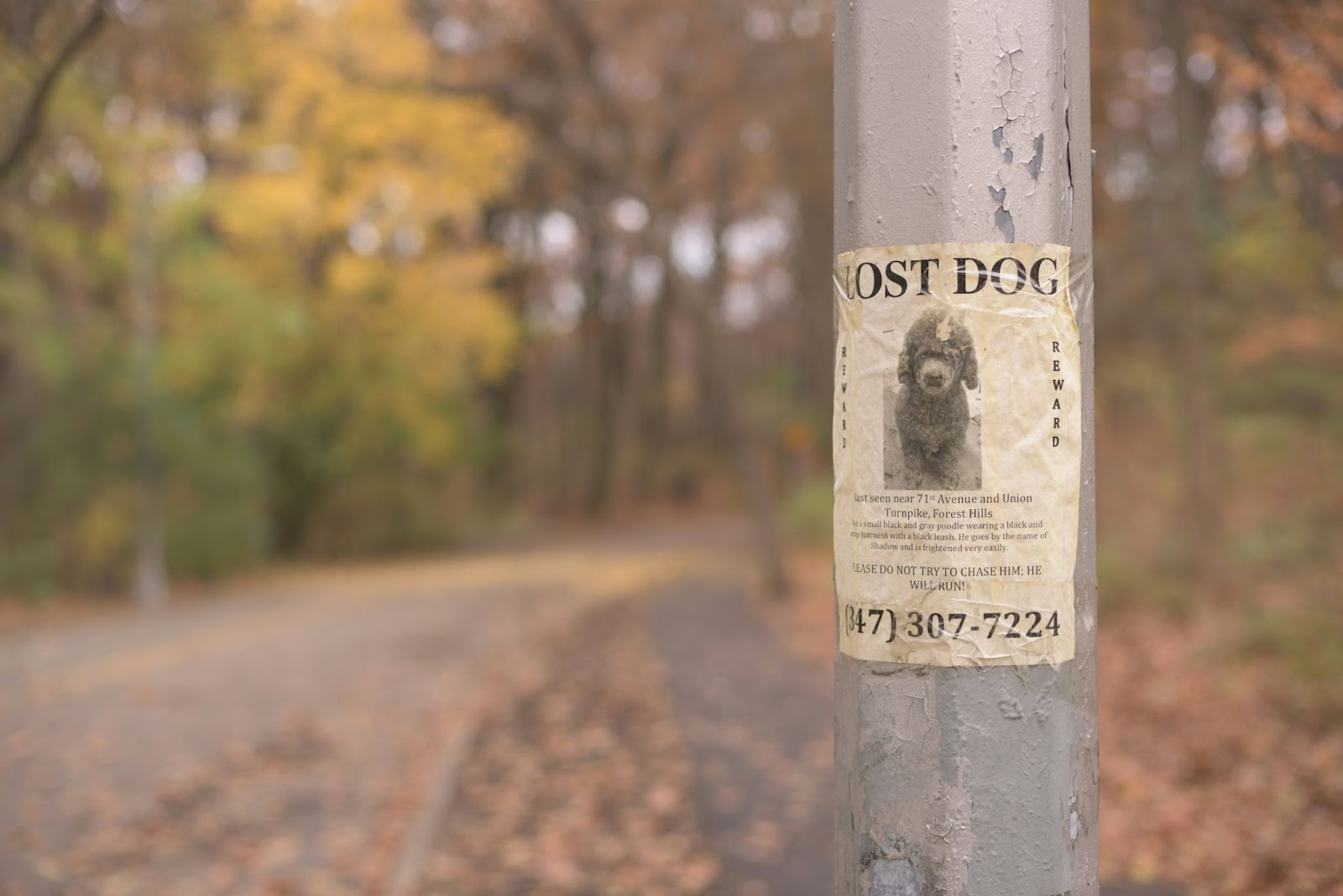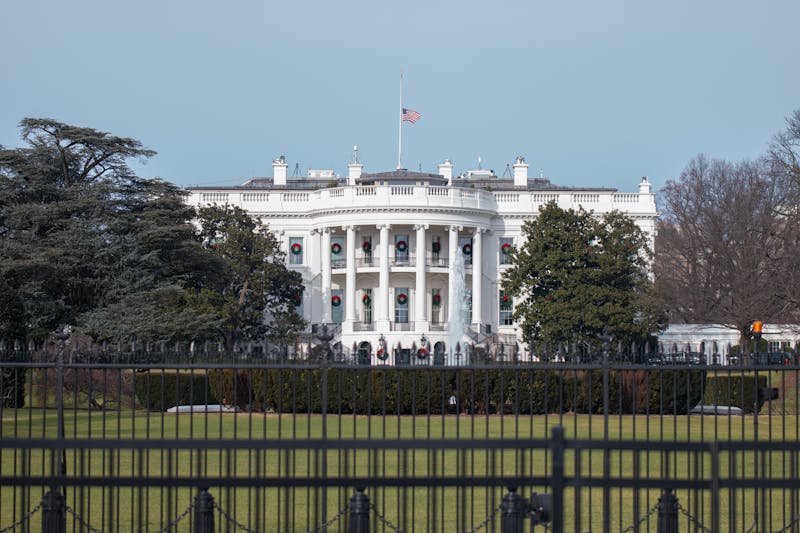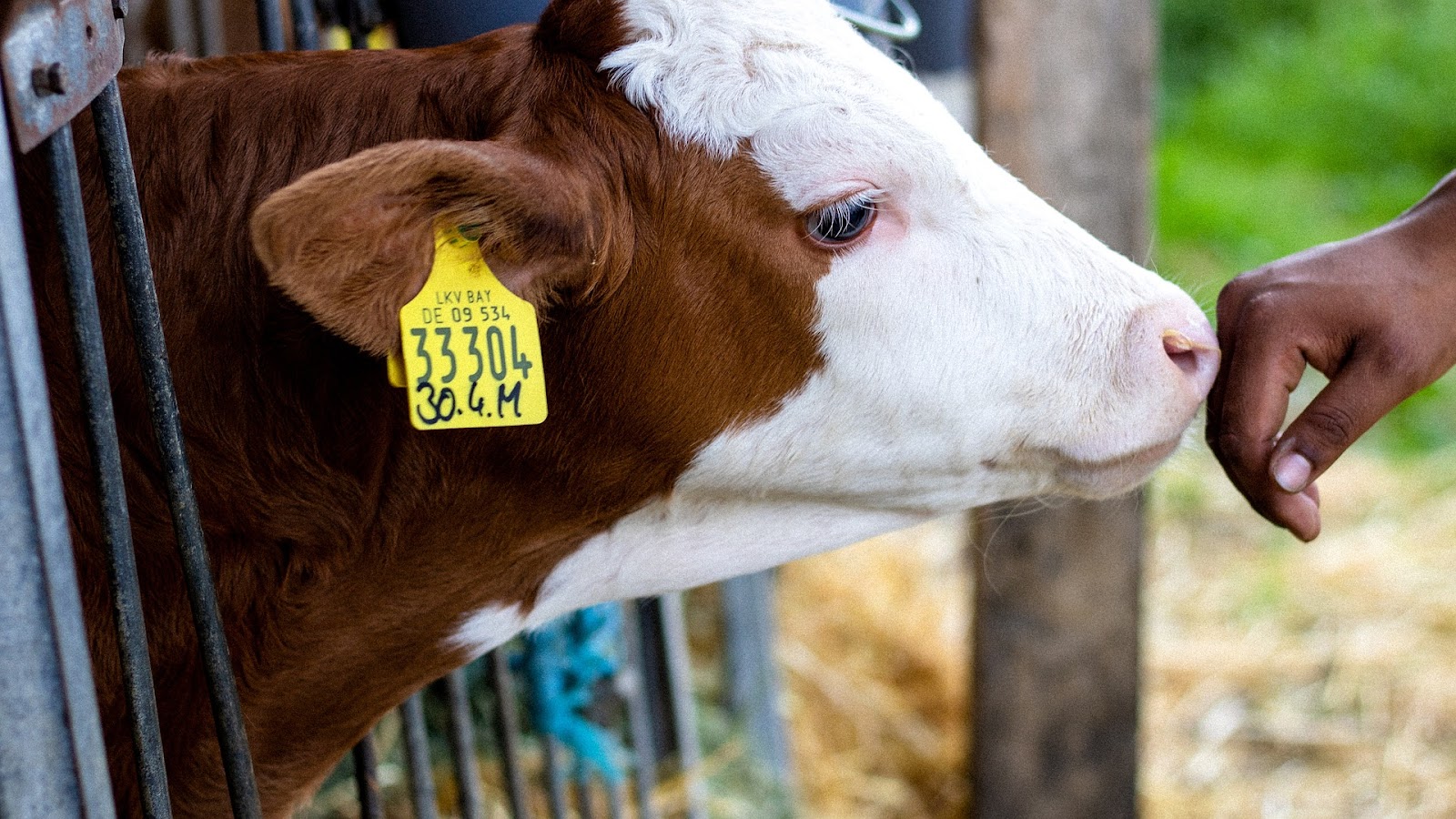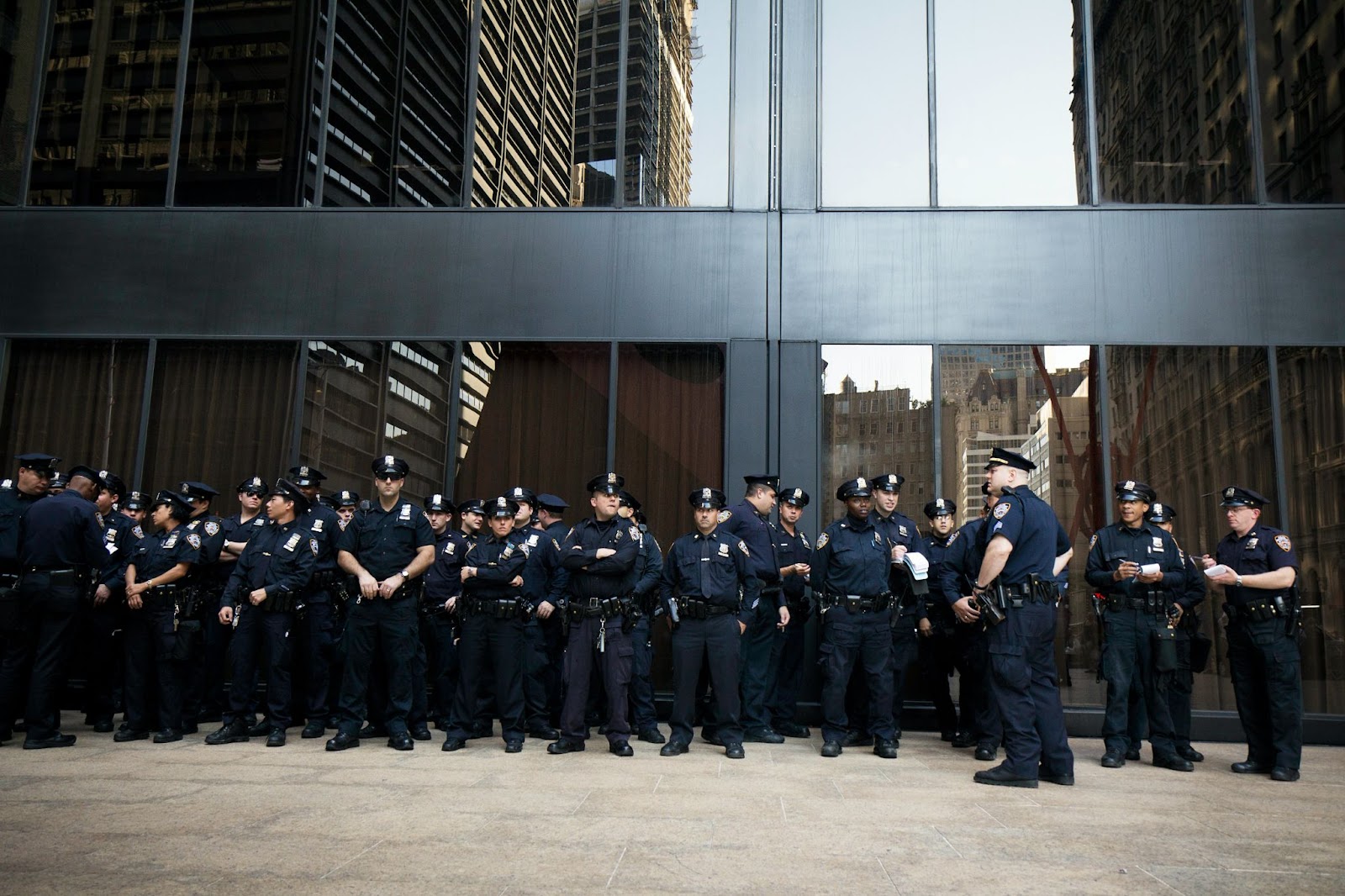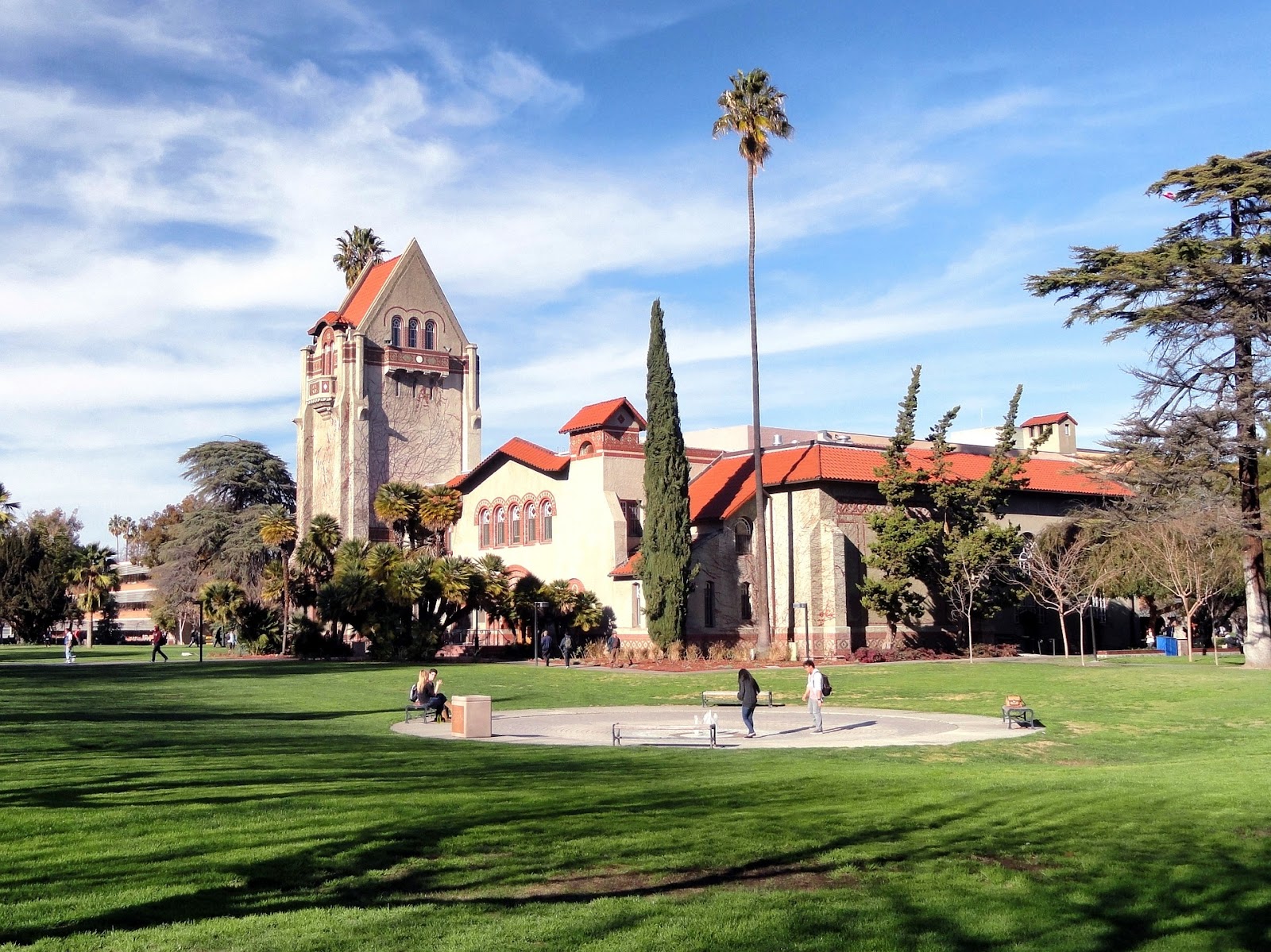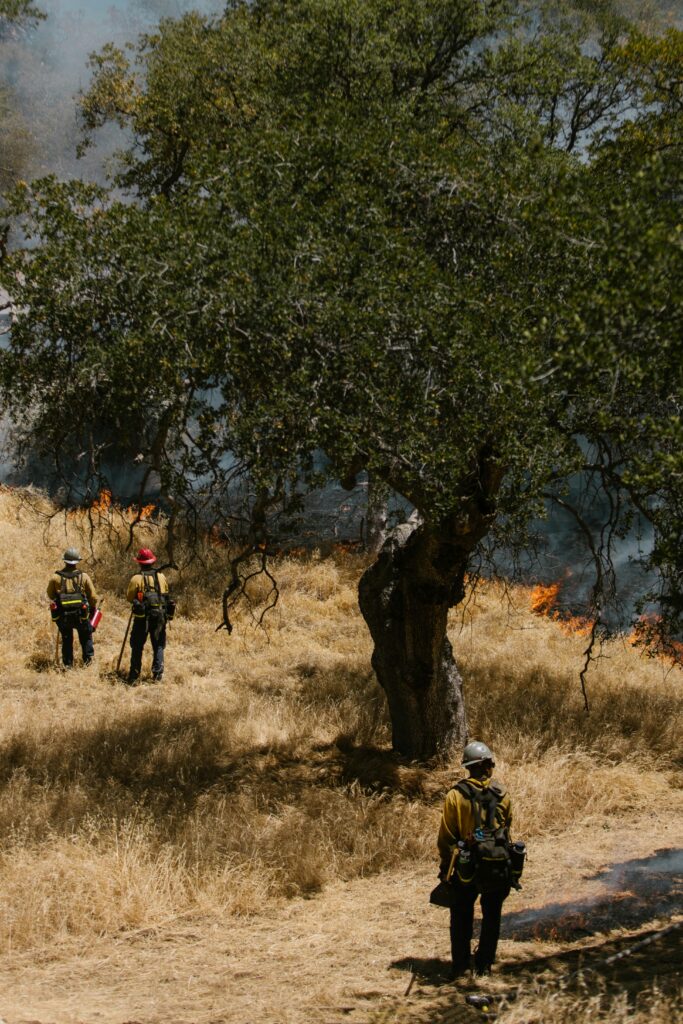California, including Sacramento, has been marked with alarming grades in this year’s State of the Air report from the American Lung Association (ALA), indicating a serious air quality issue that demands immediate attention.
The organization released its annual report on Wednesday. The report, which grades how often certain areas have unhealthy ozone pollution (smog), unhealthy particle pollution (soot) days, and even unhealthy annual particle pollution levels, covers the three years of the COVID-19 pandemic, from 2020 to 2022.
The Sacramento-Roseville area ranked 7th in high ozone days, 7th in year-round particle pollution, and 9th in short-term particle pollution. While Sacramento County didn’t reach the top 25 for high ozone days, it ranked 18th for short-term pollution and was tied at 24th for year-round particle pollution among various US counties.
California’s trends reached the top 10 with each list, with Los Angeles reaching first for ozone for the 24th time since the reports began in 2000. Bakersfield topped each of the other two lists. Both cities were rated the same in the 2023 report.
Despite decades of progress to create cleaner air, four out of 10 people (roughly 39% of Americans) live in places with unhealthy air quality. The report also found that more than half of people of color in the country live in areas that fail one of the graded categories and were 2.3 times more likely to live in a US county that failed all three categories. This means that over one-third of Americans, or about 130 million people, routinely breathe in air that is unhealthy for them.
The task of ensuring better air quality in the United States is becoming increasingly complex due to the influence of climate change. Rising temperatures lead to more ozone formation and increased dust in the air. However, the most significant pollution threat is wildfire smoke, which introduces hazardous fine particle pollution into the air. This is a stark reminder that climate change and wildfires are not just environmental issues but also public health crises.
Katherine Pruitt, national policy director at the American Lung Association, says: “Wildfires are changing the landscape, literally and figuratively.”
Since the passage of the Clean Air Act in 1970, the country’s air has improved, however. Measures such as adding pollution control to cars and tracks and fossil-fuel-burning power plants have reduced the number of fine particles in the air. These particles can penetrate the lungs and even cross into our bloodstreams, contributing to various chronic and acute health risks. Between 1990 and 2020, these fine particles dropped by about 40% nationwide.
Last year, the Environmental Protection Agency announced an update to its regulatory standard for PM2.5, or fine particle pollution. This announcement, which lowered the allowable pollution from 12 micrograms per meter cubed of air over a year to nine, is a significant tightening.
Though meeting the new standard will take years, scientists hope to continue improving the air quality within the United States.









